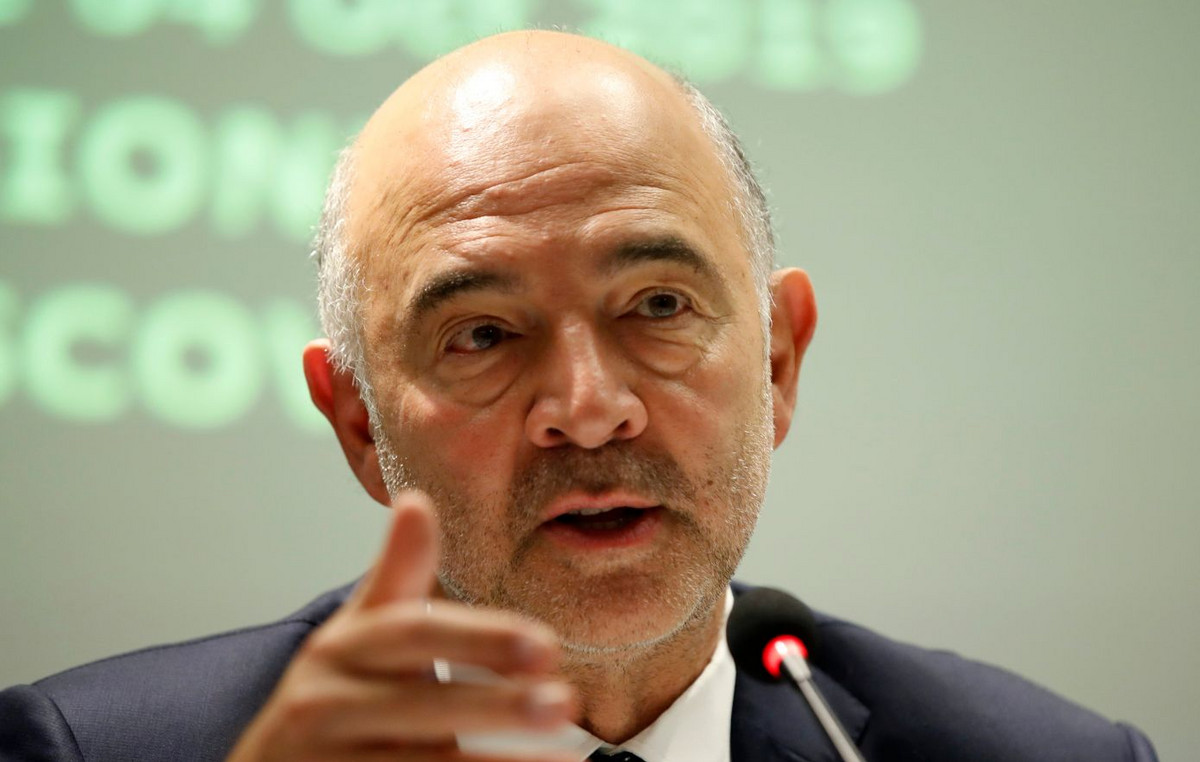An antiviral drug can shorten symptoms and shorten the time that monkeypox is contagious. That’s what a new retrospective study with the participation of seven patients diagnosed with the disease in the UK between 2018 and 2021 suggests. published in the journal Lancet Infectious Diseases this Tuesday (24th).
According to the researchers, the patients evaluated represent the first cases of intra-hospital and household transmission outside Africa. In addition, the cases point to the response in patients to the first off-label use, outside the indications provided for in the package insert, of two different antiviral drugs – brincidofovir and tecovirimat – to treat the disease.
The study indicates that little evidence was found that brincidofovir had any clinical benefit, but concluded that more research was needed on the potential of tecovirimat. The authors also report detection of monkeypox virus in blood and throat tests.
Experts argue that since infection control and treatment strategies for the disease have yet to be established, the study data can help inform global efforts to better understand clinical features as well as transmission dynamics.
“As public health officials are trying to understand what is causing the May 2022 smallpox outbreaks in Europe and North America – which affected several patients who did not report travel or an identified connection to a previously known case – our study offers some of the first insights into the use of antivirals to treat monkeypox in humans,” says Hugh Adler, researcher at Liverpool University Hospitals at the NHS Foundation Trust, lead author of the paper, in a statement.
“While this latest outbreak has affected more patients than we had previously detected in the UK, historically monkeypox has not been transmitted very efficiently between people and overall the risk to public health is low.”
Researcher Nick Price of Guy’s & St Thomas’ NHS Foundation Trust, author of the study, says the cases reported in the study and the recent outbreak highlight the importance of a collaborative network of research centres.
“The cases we observed were challenging and resource intensive, even in the high-income UK setting. With international travel returning to pre-pandemic levels, public health officials and healthcare professionals around the world must remain vigilant for the possibility of new smallpox cases,” Price said.
Study details
Of the seven smallpox cases in the UK analyzed in the study, four were imported from West Africa, with the other three being caused by person-to-person transmission within case groups.
To describe the duration and clinical features of monkeypox in a high-income environment, the researchers looked at clinical data along with laboratory results of blood tests from samples taken from the nose and throat.
They also reported on patient responses to antiviral drugs developed to treat smallpox — brincidofovir and tecovirimat — which had already shown some efficacy against smallpox in animals.
Between 2018 and 2019, four patients observed in the study were treated for monkeypox at health facilities targeting contagious infections in England. Three of those cases were imported from West Africa and the fourth case occurred in a healthcare worker 18 days after initial exposure to the virus — the first example, the study found, of smallpox transmission in a hospital setting outside Africa.
The initial three patients were treated with brincidofovir seven days after the onset of the rash. According to the analysis, the drug was not observed to have any significant clinical benefit in the treatment of monkeypox, and changes were observed in liver blood tests.
The researchers note that it is not known whether administration of brincidofovir early in the disease or on a different dosing schedule would have produced different clinical results. Despite this, all three patients, plus the fourth patient with hospital transmission, made a complete recovery.
Three other smallpox cases were reported in the UK in 2021 in a family with a travel history to Nigeria. According to the study, two of these cases were the first examples of domestic transmission outside Africa.
One such case occurred in a child, who was closely watched because of the increased likelihood of mortality. The study shows that the child had mild illness and fully recovered.
One of the patients diagnosed in 2021 was treated with tecovirimat and had a shorter duration of symptoms and viral clearance from the upper respiratory tract than the other cases in this group.
However, the authors state that it is not possible to draw conclusions about antiviral efficacy against monkeypox in such a small population group, highlighting the need for further studies on antivirals in the treatment of the disease.
According to the study, all patients had mild disease and received treatment in a hospital environment with the main objective of controlling the spread of the infection and not due to the severity of the conditions.
No patient evaluated had the commonly recognized serious complications of monkeypox, such as pneumonia or sepsis (generalized infection). However, one patient experienced a mild relapse six weeks after hospital discharge and another patient developed a deep abscess (elevation of pus-filled skin tissue) that required drainage. Patients also had a worsening in mood, likely due to isolation in healthcare facilities.
“During previous outbreaks of monkeypox, monkeys Patients were considered infectious until all lesions had crusted over. . In these seven UK cases, the viral shedding was observed for at least three weeks after infection . However, data on infectiousness remains limited and is an important area for future studies,” says Catherine Houlihan, from the UK Health Safety Agency and University College London, one of the paper’s co-authors.
The authors recognize some limitations of this study, mainly the observational nature and the small number of cases analyzed. The researchers were also unable to confirm the positive molecular diagnostic test (RT PCR) results of monkeypox with laboratory samples of the virus, meaning that continued spread of the virus could not be verified.
about the disease
Monkeypox is caused by a virus “relative” to the smallpox virus. The condition is classified as a “High Consequence Infectious Disease” (HCID) by the UK Health Safety Agency.
Currently, there are no licensed treatments for smallpox and there is limited data on the duration of the contagion, with the incubation period ranging from five to 21 days. Patients are usually isolated in a specialized hospital to prevent spreading the virus to others.
Smallpox can be transmitted from animals to humans by biting an animal or eating improperly cooked meat. In rare cases, the virus can spread between people from close contact.
The first human case of monkeypox was reported in 1970 in the Democratic Republic of Congo, with rare occurrences outside Central and West African countries.
Reported symptoms of monkeypox include fever, rash, and swollen lymph nodes. Complications have also been reported, including inflammation of the lungs, brain and cornea, with risks to vision, as well as secondary bacterial infections.
There are two groups of monkeypox virus: those from West Africa and those from the Congo Basin (Central Africa). Human infections with the West African type of virus appear to cause less severe illness compared to the Congo Basin viral group, with a fatality rate of 3.6% compared to 10.6% for the Congo Basin viral group. .
Source: CNN Brasil







